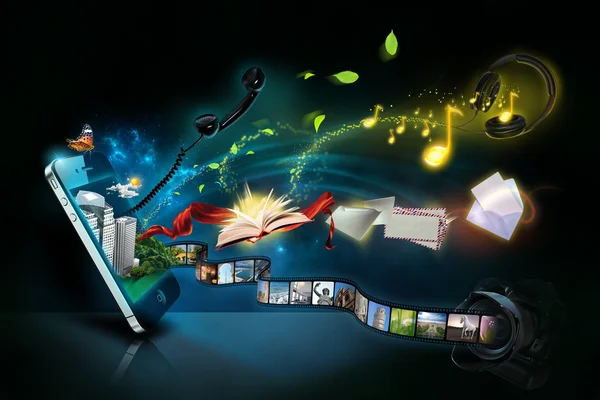Presentations are an essential part of communication in various fields, from education to business. However, traditional static presentations can often fail to captivate audiences and keep them engaged. That’s where technology-driven methods come into play. Interactive presentations leverage the power of technology to create dynamic and engaging experiences for audiences, making the information more memorable and impactful.
The Power of Interactivity
Interactivity is the key to engaging audiences and making presentations more effective. With interactive presentations, speakers can involve the audience in real-time, encouraging active participation rather than passive observation. By incorporating technology-driven methods, presenters can harness the power of multimedia, visuals, and interactive elements to create an immersive experience that captures the audience’s attention and enhances their understanding of the subject matter.
Utilizing Multimedia

Technology allows presenters to incorporate various multimedia elements into their presentations, such as images, videos, and audio clips. These elements can be used strategically to enhance the message and evoke emotions. Visuals can help clarify complex concepts, while videos and audio clips can provide real-life examples or testimonials, making the content more relatable and memorable. By combining different media formats, presenters can create a multi-sensory experience that appeals to different learning styles and keeps the audience engaged throughout the presentation.
Interactive Tools and Platforms
Technology-driven methods offer a wide range of interactive tools and platforms that presenters can utilize to engage their audience. Online platforms like Prezi, Google Slides, or PowerPoint’s interactive features allow presenters to create non-linear presentations, enabling them to adapt the content based on audience feedback or questions. These tools also enable presenters to incorporate interactive quizzes, polls, or surveys to gather real-time feedback and involve the audience in the learning process. By actively participating, the audience becomes more invested in the presentation, leading to a deeper understanding and retention of the information presented.
Virtual Reality and Augmented Reality
Virtual reality (VR) and augmented reality (AR) are cutting-edge technologies that can take interactive presentations to the next level. By utilizing VR or AR headsets or mobile applications, presenters can create immersive experiences that transport the audience to different environments or simulate real-life scenarios. For example, in a history class, students can virtually explore historical sites or witness important events, making the learning experience more engaging and impactful. These technologies are also being utilized in business presentations, allowing companies to showcase products or prototypes in a realistic and interactive manner.
Interactive presentations powered by technology offer a wealth of opportunities to engage audiences and make presentations more impactful. By utilizing multimedia, interactive tools, and emerging technologies like VR and AR, presenters can create dynamic and immersive experiences that captivate audiences and enhance their understanding of the subject matter. As technology continues to evolve, the possibilities for interactive presentations are limitless, and presenters should embrace these methods to deliver memorable and engaging presentations.








Comments